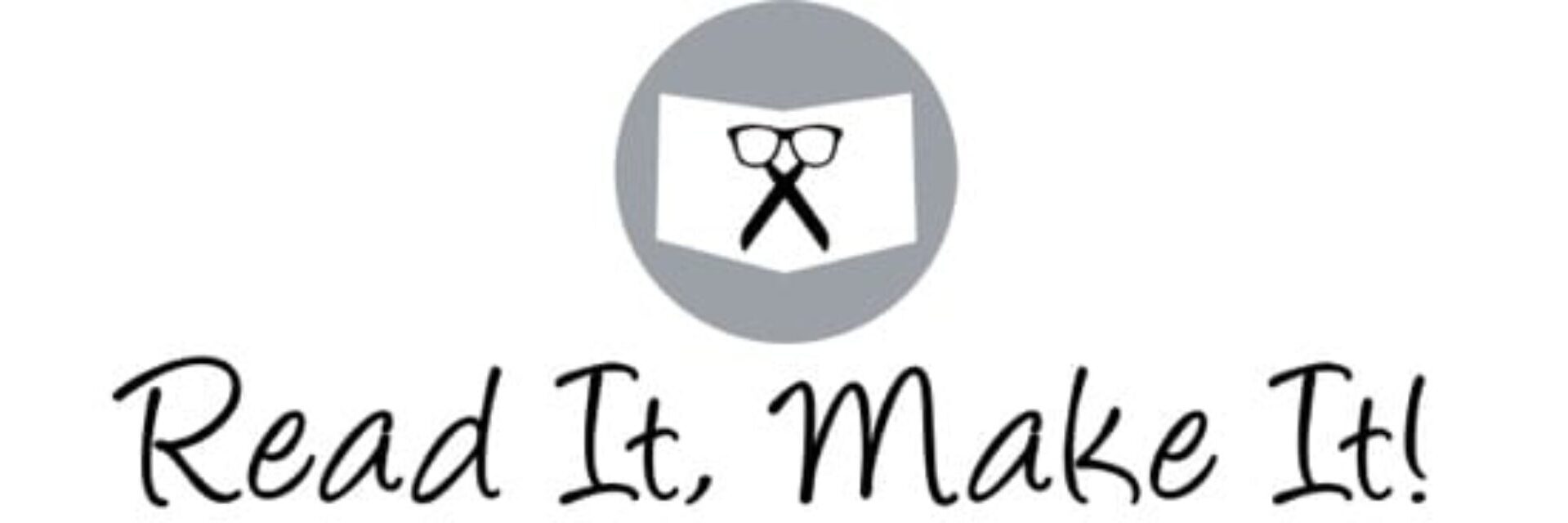Learning about birds.
To be honest, I’ve never been much of a bird girl. I’m not totally ignorant, and I can identify the birds we normally see in the yard, but it takes something really unusual for me to pay particular attention. By unusual, I mean the bird has to be huge or brightly colored, and that just doesn’t happen very often.
My girls, on the other hand, have become bird-obsessed. I’m not sure if it’s just a phase, or if they’re wired completely differently from me, but they love to sit and watch birds in the yard. Clara (at two) can already identify several different types of the birds, which is entirely due to her interest, because I have certainly not created any sort of Montessori bird identification cards or anything.

When I saw Have You Heard the Nesting Bird? (IndieBound/Amazon) last night at Little Shop of Stories, I knew it was worth a look to see if it should join our stack of bird books. (Apparently, this book was released just this week, so it should be fairly easy to find.) The colors in Kenard Pak’s illustration are muted, and almost autumnal, but it’s absolutely a book for springtime reading. Rita Gray’s text begins simply, with a brother and sister noticing the songs and calls of different birds.

As they walk along, the boy and girl keep asking, “[b]ut have you heard the nesting bird?” They observe that the nesting robins are not making any noises, quite different from the noisy chatter of all the other birds they see. Each bird’s sound is transcribed so that you can attempt to make the sound yourself, and my girls have loved trying to copy these calls today.

Finally, we learn that the robin is not singing simply because it is nesting. Then, different sorts of sounds start to emerge from the robin’s nest – and her eggs hatch! In the end, we see the baby robin hatchlings tucked safely into their nest, and joined by both of their parents.
Each spread is detailed, and the watercolor illustrations perfectly convey the spirit of spring. The text’s simplicity allows you to talk about each bird without getting bogged down and ruining the story’s thread. Also, I particularly liked the set of questions and answers at the end of the book. Written from the nesting robin’s perspective, this little FAQ gives basic and accurate information about birds, nests, and nesting behavior.
If you’re a geek like me, you also might notice that the endpapers are a gorgeous robin’s egg blue.
Once you’ve got your children all keyed up to learn more, you absolutely must try out Cornell University’s Merlin tool for bird identification. There is a website with more information than you will probably ever need, but what I really love is the app. If you’re in North America, you’ll find this useful.
The app is free, and very intuitive. You can either search an alphabetical listing of birds, search by bird family, or use the identifier tool to narrow down the possibilities for a bird in the wild you’re trying to identify.

Once you locate the bird’s information, you can also listen to recorded examples of songs and calls for that particular species. This is handy if the bird in question is high in a tree above you. It’s also a great diversion for little girls who are in a bad mood. Ask me how I know.

The information provided for each bird is straightforward and basic, but it’s usually been enough for us to be confident about our identification for any unknown birds. Here is Georgia’s state bird, which is prevalent in our area. As you can see, Merlin basically tells us what we’d want to know about the Brown Thrasher.

As we move through spring, I’ll be sure to share some more birdwatching and learning resources, since it looks like our interest won’t be waning any time soon.
{The book link in this post is an affiliate link, and Read It, Make It! earns a small commission on any purchases made using it. Thank you!}
